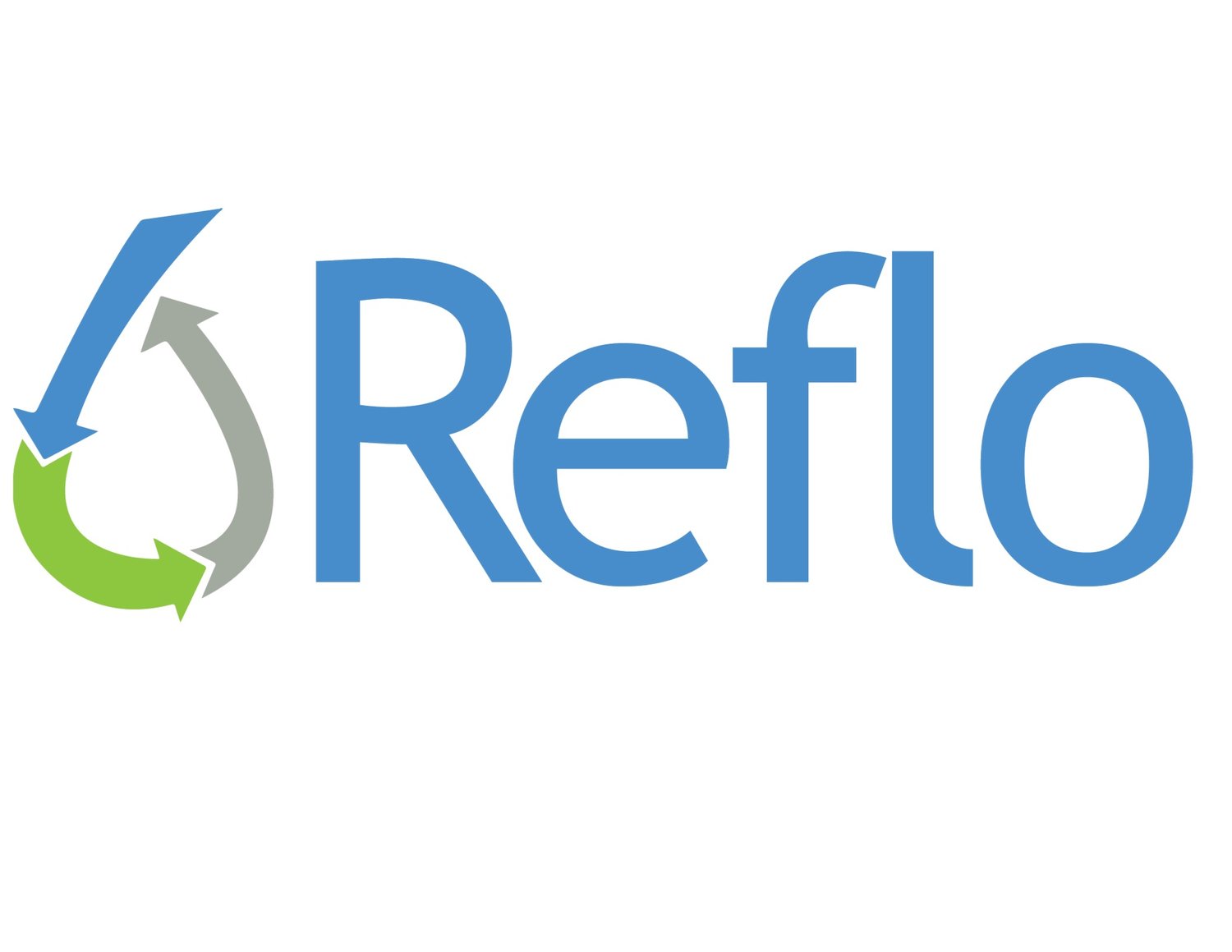In 2018, UW-Milwaukee School of Freshwater Sciences graduate student Brennan Dow worked with SFS professor Dr. John Janssen to survey the composition of underwater fish habitat in and around the Milwaukee harbor.
Dow used side-scan sonar from a boat he maneuvered throughout the entire Milwaukee Estuary—the lower reaches of the city’s three major rivers, the inner harbor, and the outer harbor. This mapped the depth and character of the bottom, providing an idea of the kinds of places that could be good habitat for different kinds of freshwater fish—which have different needs during different parts of their life cycles.
In some key spots, he also dove under the water to take a closer look at substrate, vegetation, and forage conditions.
Dow assembled all the data he collected into a technical map establishing the current baseline of fish habitat in the Milwaukee Estuary. That map is intended to guide and support efforts by the School of Freshwater Sciences and others to improve fish habitat while respecting the harbor’s modern identity as a functioning port.
Part of the project also intended to communicate this underwater story to the public.
School of Freshwater Sciences connected with Kim Beckmann, an art professor at the UW-Milwaukee Peck School of the Arts, who led the effort to create beautiful and contextually rich large-format illustrations of the various habitat hotspots explored. Those seven areas include details of the North Harbor Gap/Green Breakwall, Summerfest Lagoon, and South Shore in the outer harbor; Grand Trunk Inlet on the Kinnickinnic River; Burnham Canal and South Menomonee Canal on the Menomonee River; and the North Avenue Spawning Reef on the Milwaukee River.
Beckmann’s maps were guided by the expertise of Jeff Houghton, who took over Dow’s project when the latter went on to work for the Wisconsin Department of Natural Resources’ Office of Great Waters (Dow now heads up the state’s effort to improve the waters of the Milwaukee Estuary Area of Concern).
The work was such a success that in 2019, Houghton took on the task of surveying other harbors up and down Lake Michigan, using side-scan sonar and targeted scuba dives to create more habitat inventory maps.
The Milwaukee Estuary harbor habitat hotspots inventory was supported by the UW-Milwaukee School of Freshwater Sciences, Wisconsin Department of Natural Resources, Harbor District, Inc., and Fund for Lake Michigan.
The short video above shows an overview of Beckmann’s illustrated maps geolocated in Google Earth along with side-scan sonar imagery used to support Dow’s and Houghton’s technical maps. A visual primer of some of our local fish species features the impeccable illustrations of Virgil Beck.
Explore more by accessing the Milwaukee Community Map in Google Earth Pro on Desktop and opening the “Habitat Hotspots” Deeper Dive. Zoom in to see what kind of fish call each hotspot home, then click on them to learn more about each species’ preferred vegetation, forage, and substrate.
